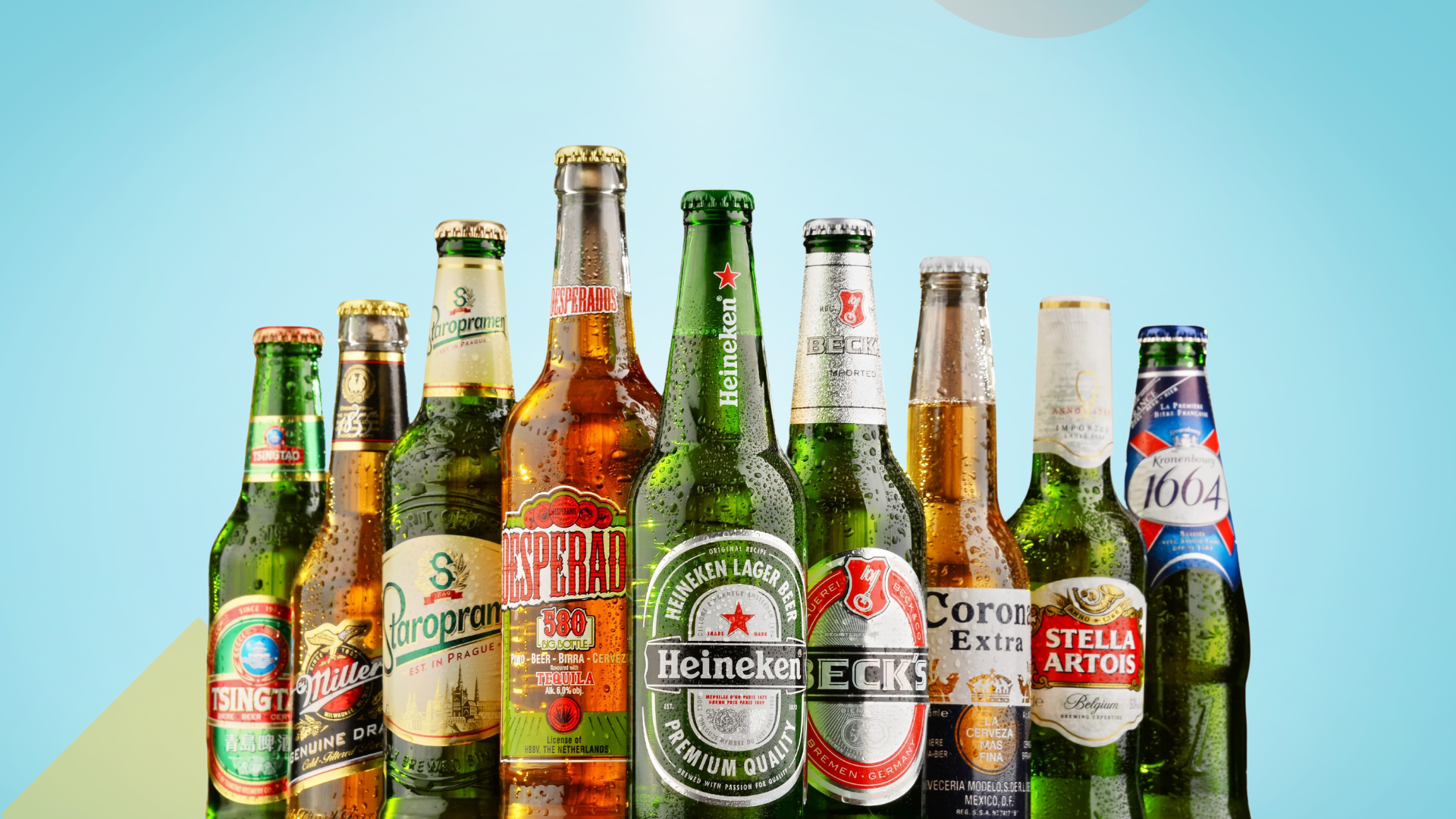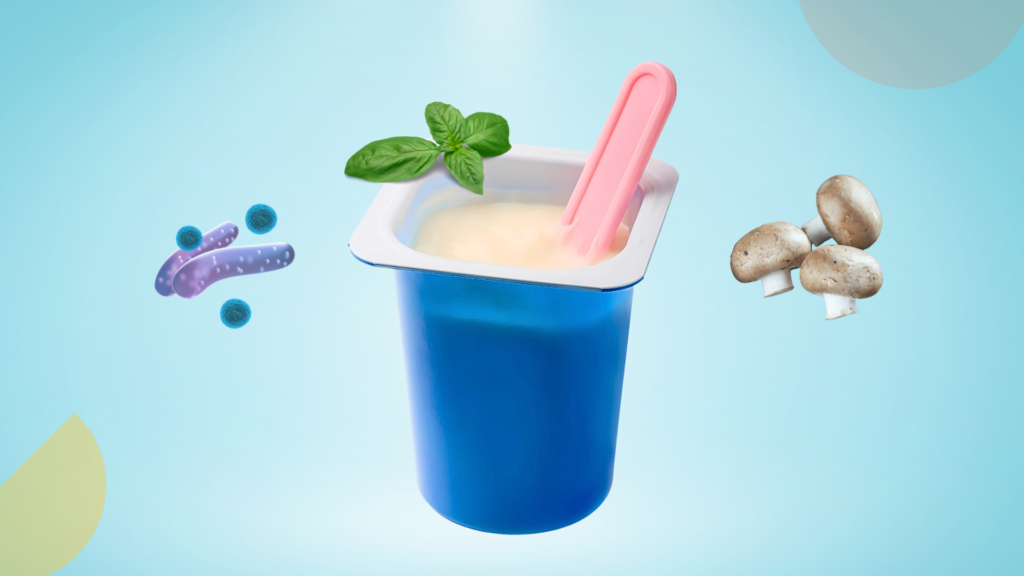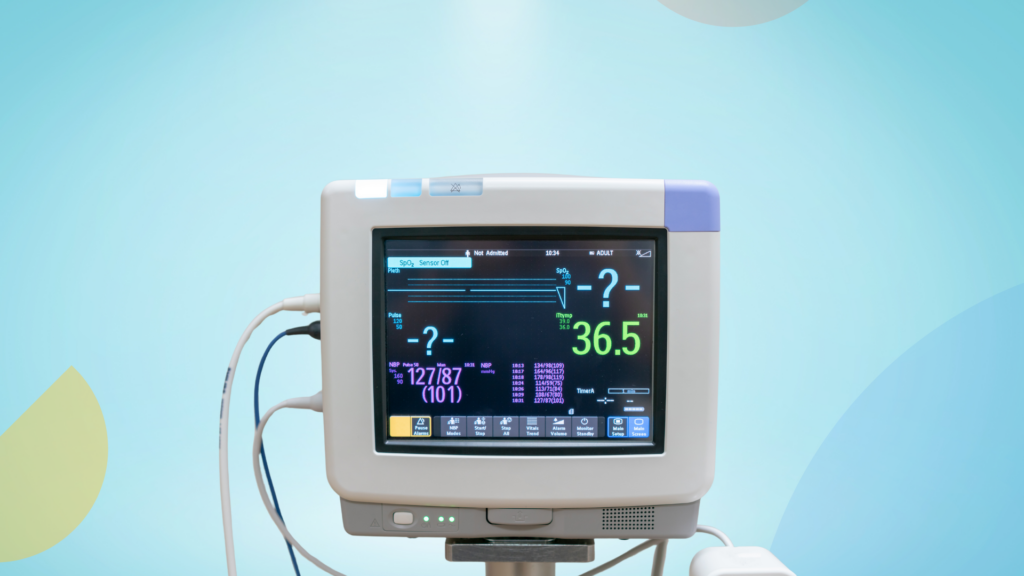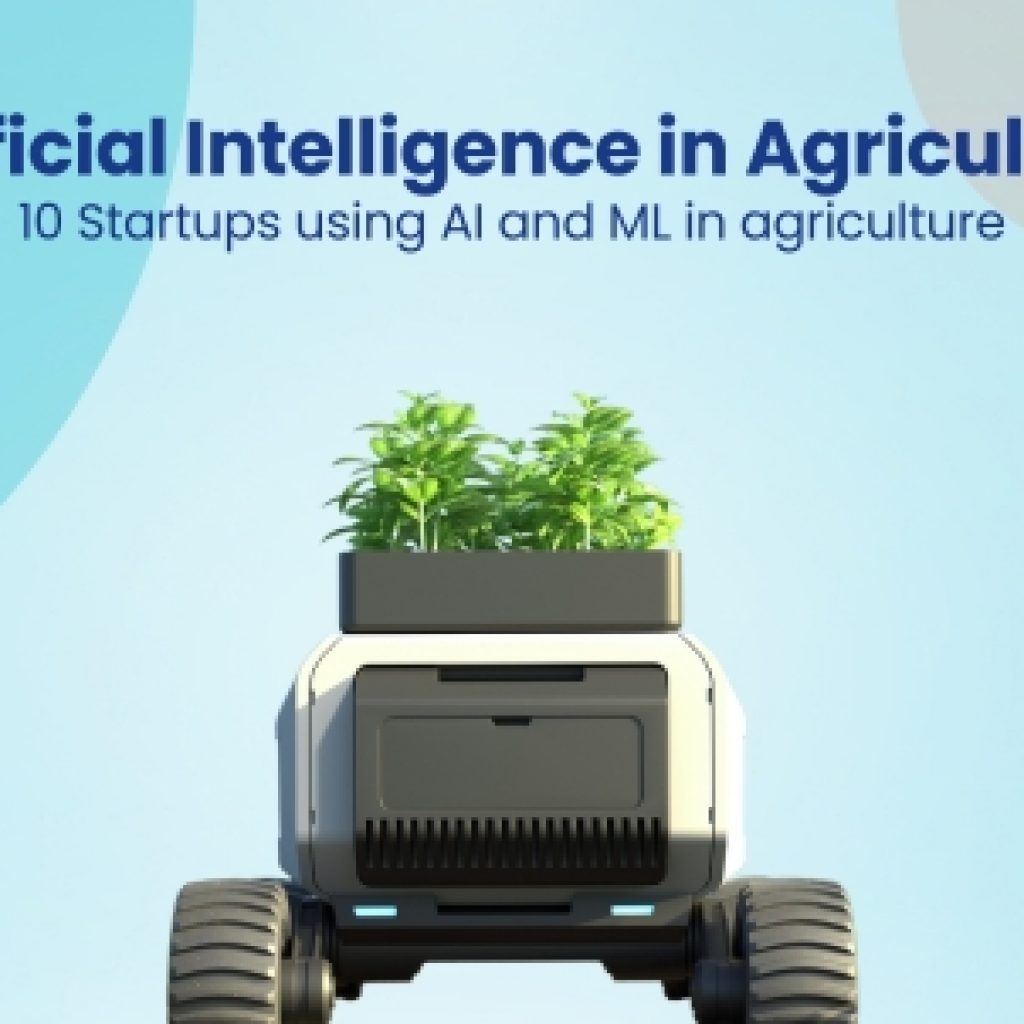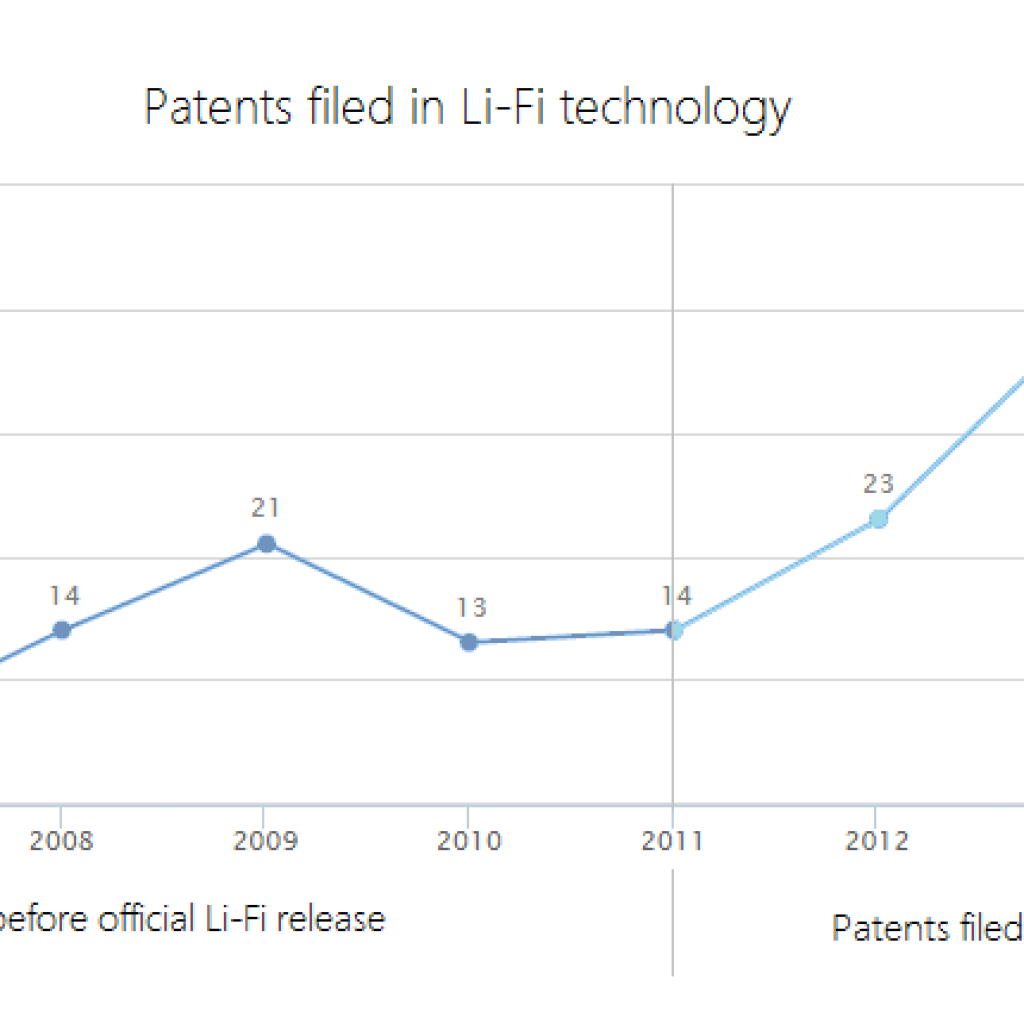Gen Z alcohol consumption dropped 25% in the last four years. This has led major brands like AB InBev, Heineken, and Carlsberg to expand their non-alcoholic product lines.
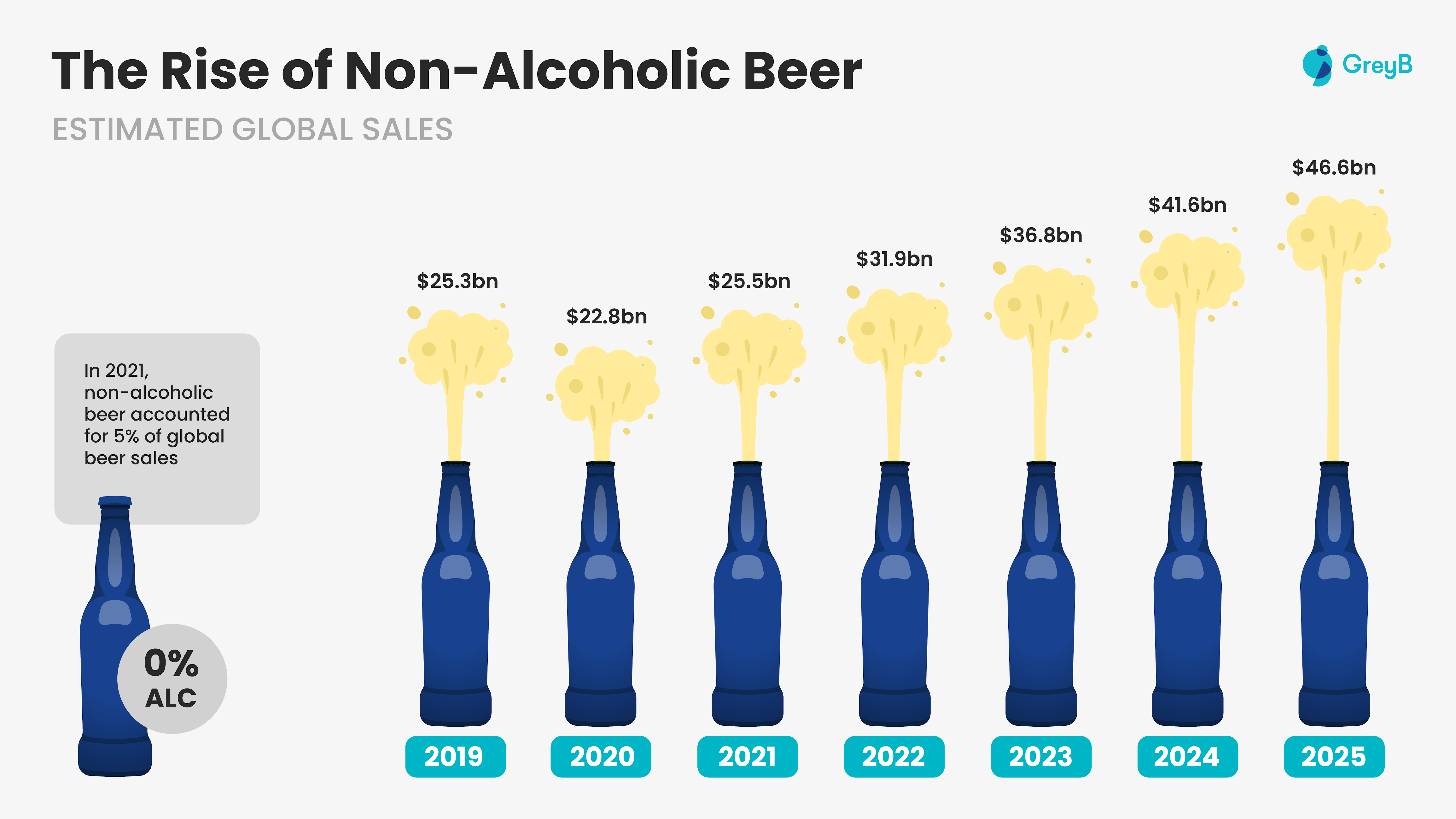
Rising health awareness has led to innovations that create non-alcoholic beers while maintaining the traditional taste and texture. Notably, many of these are emerging from China and Japan.
We analyzed patent filings of top breweries to uncover the latest breakthroughs in beer formulations and product innovations. Our 2025 Beer Industry Trends Report reveals how these breweries leverage AI, change formulations, and update technology to adapt to consumer shifts.
Get the Report in your Inbox
Fill the form to get access to the report
Trend 1: Health-conscious consumers want gut-friendly beer with less gluten and carbs
Traditional beers contain gluten from barley, wheat, and rye. These beers are unsuitable for people with gluten sensitivity or celiac disease. Although only 1% of the US population has celiac disease, 25% choose gluten-free products. People are going gluten-free not only for medical needs but also for health benefits.
Innovations by industry leaders like Heineken are making beer a go-to for every occasion, from weekday lunches to post-workouts.
For a Friday night, [consumers] might want a regular Heineken, but maybe on a Monday night or during a lunch occasion they want a 0.0.
Heineken Chief Executive Dolf van den Brink
This trend has led innovators to modify beer composition to improve gut health. They are reducing carbohydrates, purines, and gluten to make beer healthier.
The University of Foggia turns gluten-containing grains into gluten-free beer
University of Foggia researchers have developed a gluten-free beer using a combination of malted barley and unmalted cereal grains. The unique enzyme-based method breaks down gluten proteins in temperature-controlled steps. This ensures the beer’s quality stays the same.
The technology focuses on health-conscious and gluten-intolerant people (like those with celiac disease). The final product with this process contains less than 5 ppm gluten, making it safe for celiac consumers.
An interesting bonus is that the spent grain (BSG) from brewing is also gluten-free. This BSG can be used to make gluten-free flour the food industry.
Tsingtao Brewery brews whole wheat beer for better gut health
Tsingtao Brewery’s whole wheat fermented beer selectively increases short-chain fatty acid-producing bacteria that help digestion. The technique also decreases harmful endotoxin-producing bacteria. The beer retains live yeast and beneficial microorganisms that contribute to gut health. This makes the beverage a functional option.
Nihon Shokuhin Kako brews low-carb beer with less sugar
Nihon Shokuhin Kako has created a low-carb beer formula using a sugar condensate rich in dietary fiber. This condensate has less dry sugar than usual but retains the taste and smoothness of beer.
The condensate is made by heating a starch-based ingredient with an activated carbon catalyst. This process helps the carbohydrates bond together, reducing dry sugar content. The key is to use starch with less glucose (50% or less) and a dextrose equivalent (DE) between 20 and 75.
Trend 2: All the flavor and none of the alcohol is the new way to party
People with alcohol-related stomach issues also want to join social drinking. But they want to do it without feeling judged for not drinking alcohol.
Such preferences have rapidly expanded the market for non-alcoholic (NA) beers. However, maintaining the taste and aroma of these beers has been a challenge for the manufacturers. NA beers have thin bodies, lack flavor, and often have undesirable off flavors, such as those caused by oxidation.
Innovators have created formulations that reduce off-flavors and unpleasant odors while delivering a satisfying taste experience.
Kirin Holdings’ non-alcoholic beer tastes and smells as good as alcoholic beer
Kirin uses special compounds like 2,5-dimethyl pyrazine, geranic acid, β-Endemol, and 5-methyl-2-furfural to remove unpleasant flavors and odors.
Carefully adjusting ethyl acetate, succinic acid, and caprylic acid reduces unwanted soy sauce-like notes and sour aftertaste.
Sapporo Breweries neutralizes raw-grain odors in non-alcoholic beer
Sapporo Breweries enhances the sensory qualities of non-alcoholic beers with two key ingredients: isobutyl isobutyrate and Terpinen-4-ol. Isobutyl isobutyrate reduces the strong raw-grain odors from barley and malt. Terpinen-4-ol removes unwanted flavors caused by acidity and sweetness in non-alcoholic beers. These chemical compounds balance the smell and taste of non-alcoholic beers made using traditional raw materials like barley and malt.
Tracking your competitors’ R&D activities is essential for making informed decisions and staying ahead of the curve. Our AI-powered research platform, Slate, can give you real-time updates of emerging technologies in your industry.
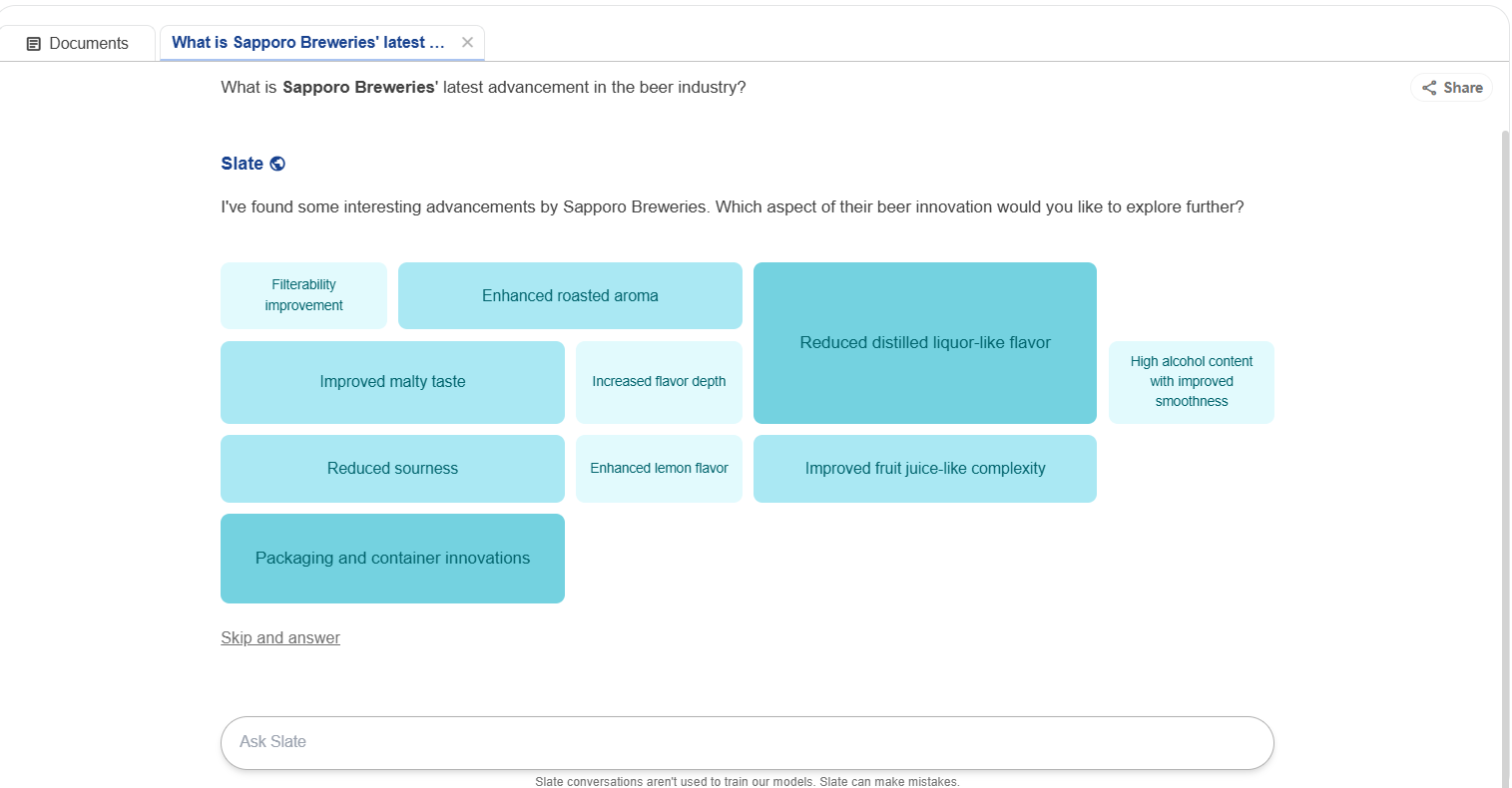
Trend 3: Less trial and error, more savings with AI in the brewery
Brewing the perfect beer is complex and costly. Manufacturers must control temperature, pressure, CO₂ levels, and ingredients to ensure quality. Traditional methods involve trial and error, increasing costs, waste, and development time. Consumer preferences add another challenge, relying on subjective taste tests and market surveys.
Traditionally, beer innovation involved brewing hundreds of tiny test batches daily. But with AI, innovation managers can reduce waste, lower R&D costs, and bring new beers to market faster.
A major Australian brewery collaborated with Professor Niusha Shafiabady to create an AI system for beer quality testing. This system uses machine learning to analyze 36 factors, including temperature, pressure, and CO₂ levels. Brewers can use this AI system to find the best settings before brewing. This makes the process more efficient and cost-effective.
In March 2024, Belgian scientists from KU Leuven University trained an AI to work like a “beer taster.” They studied 250 different beers and measured 226 chemical properties, such as alcohol content, sugar levels, and flavors like caramel, citrus, and banana. To improve accuracy, they also analyzed over 180,000 consumer reviews. The AI’s predictions helped brewers to adjust beer recipes. Brewers enhanced components associated with positive consumer feedback, such as lactic acid and glycerol. This improved the beer’s performance during blind tastings.
Northeast Electric Power University teaches machines to perceive beer flavors like humans
Northeast Electric Power University in China has created a system to make machines understand and visualize flavors like humans do.
It uses a network with 12 channels that act like smell and taste sensors. The system works in stages to mimic how humans experience flavors. First, it detects smell, then smell and taste together, and finally the lingering taste. Two types of advanced sensors are used in the process, SA-402B (electronic tongue) and PEN3 (electronic nose).
AI analyzes collected data using machine learning techniques to identify key flavor characteristics. This helps create an accurate beer profile by focusing on the most relevant taste and aroma data. The refined data is then processed using a neurodynamic system model (KIII).
The approach reduces trial and error in product development. It can give feedback on the taste and aroma of beer, closely matching human perception. This new method improves how beer’s taste and aroma are assessed.
Beijing Yanjing Brewer uses AI to read facial expressions for beer preference testing
Traditional beer preference tests depended on people answering surveys, which can be subjective and biased. People may not always express their true feelings. The responses can vary based on mood, social setting, and external factors.
Therefore, Beijing Yanjing Brewery developed a technology that analyzes facial microexpressions using AI to understand consumer preferences. The deep learning system records nine types of expressions and compares them with surveys to identify patterns.
The AI model analyzes a 27-dimensional data matrix to ensure high accuracy and better quantify consumer preferences. The method eliminates large in-person taste panels, making it cost-effective and remote-friendly.
Trend 4: From pint to protein, no waste left behind
Brewer’s spent grain (BSG) is the solid residue left after brewing. This by-product constitutes about 85% of brewing waste. For every 100 liters of beer produced, approximately 20 kilograms of wet BSG is generated. Abundantly available BSG is rich in nutrients like protein, fiber, and carbohydrates. It has applications in food, health supplements, animal feed, and sustainable materials.
Innovators worldwide have developed methods to maximize protein extraction from BSG. These innovations also modify BSG for better applications in the food and agriculture industries. With such initiatives, beer brands align with global efforts to reduce waste and promote a circular economy.
Recommended Read
Tsingtao Brewery uses mutant genes to develop enzymes for efficient BSG breakdown
Tsingtao Breweries’ approach uses special mutant genes like SsXyn A-1 and Glu16A-1 to make superior enzyme variants. The enzymes break down BSG more efficiently. They convert down cell wall components into valuable products like prebiotic oligosaccharides, improving product efficacy.
The technology uses modern proteomics to identify the best enzymes that extract high-quality plant protein from spent grains. This enzyme selection makes the degradation of BSG more efficient and eco-friendly.
AB InBev uses bleaching process for producing high-quality protein isolate from BSG
Their patent describes a process to make light-colored protein isolate from BSG using bleaching. The process starts by breaking down the grain using enzymes to extract protein. The protein liquid is then filtered and treated with a high temperature and pH bleaching agent. This step helps reduce color and flavor, making the protein isolate better than traditional ones. Combining bleaching, multi-stage filtration, and enzyme extraction produces high-quality protein suitable for the F&B industry.
Conclusion
As the non-alcoholic (NA) beer market expands, it faces the challenge of balancing growth with sustainability. The production process involves additional steps, such as thermal dealcoholization, which leads to higher CO₂ emissions than regular beer. Industry leaders are implementing sustainability initiatives to minimize their environmental impact.
AB InBev has taken a step towards sustainability by developing lighter longneck beer bottles that cut CO2 emissions by 17% per bottle. This is equal to removing 62,000 cars from the road annually. Guangzhou Zhujiang Brewery in China is recycling water used during wort cooling. The patented technology can save about 39,600 tons of water and 1,810 tons of steam annually for a brewery producing 5,000 batches annually.
Reducing carbon emissions across the supply chain requires careful review of processes at each step. Companies must:
- Track energy use and emissions to find ways to improve.
- Use renewable energy and eco-friendly materials to reduce impact.
- Work with partners to build a greener brewing industry.
Our Beer Industry Trend Report 2025 explores the latest trends, eco-friendly innovations, and industry challenges. Learn how leading breweries are cutting carbon emissions and improving sustainability.
Get the Report in your Inbox
Fill the form to get access to the report
Authored By – Wageesh Pandey, Patent Analytics
Edited By – Tamanpreet Kaur, Market Research

